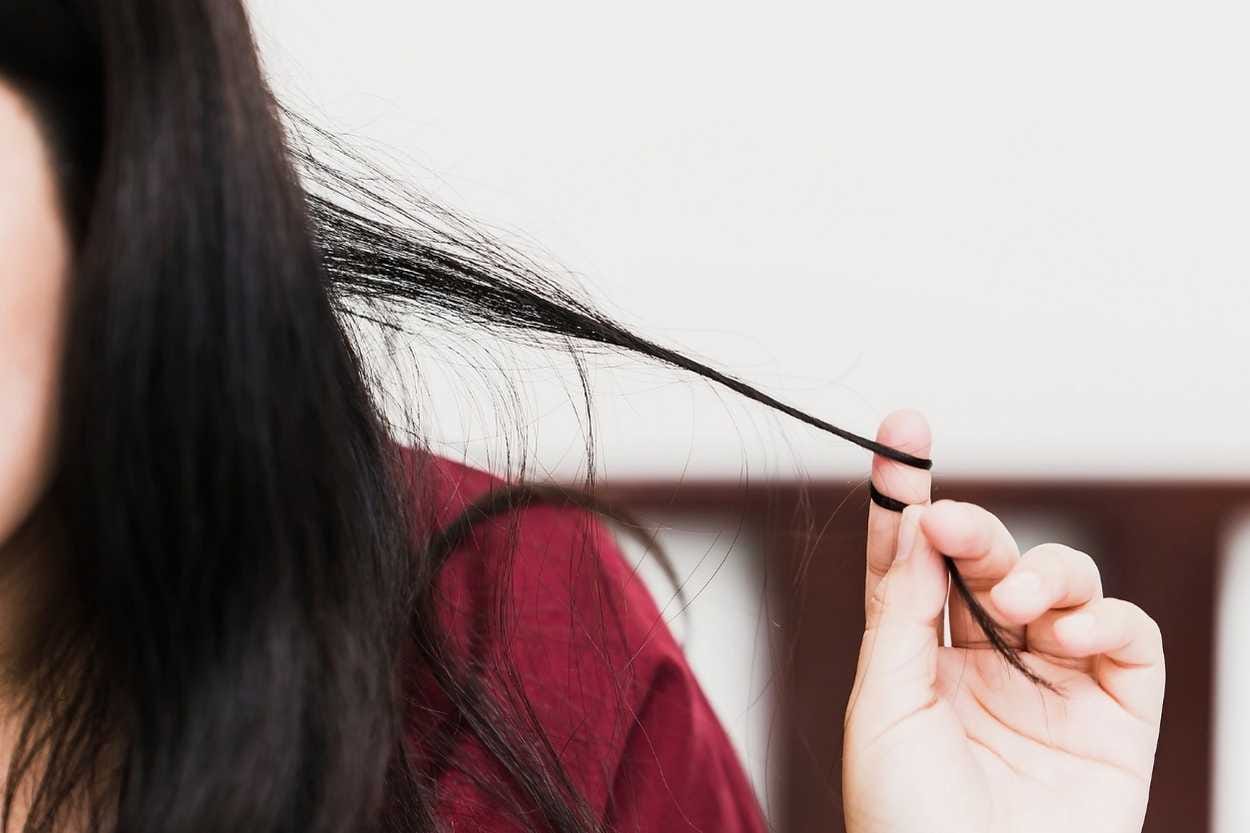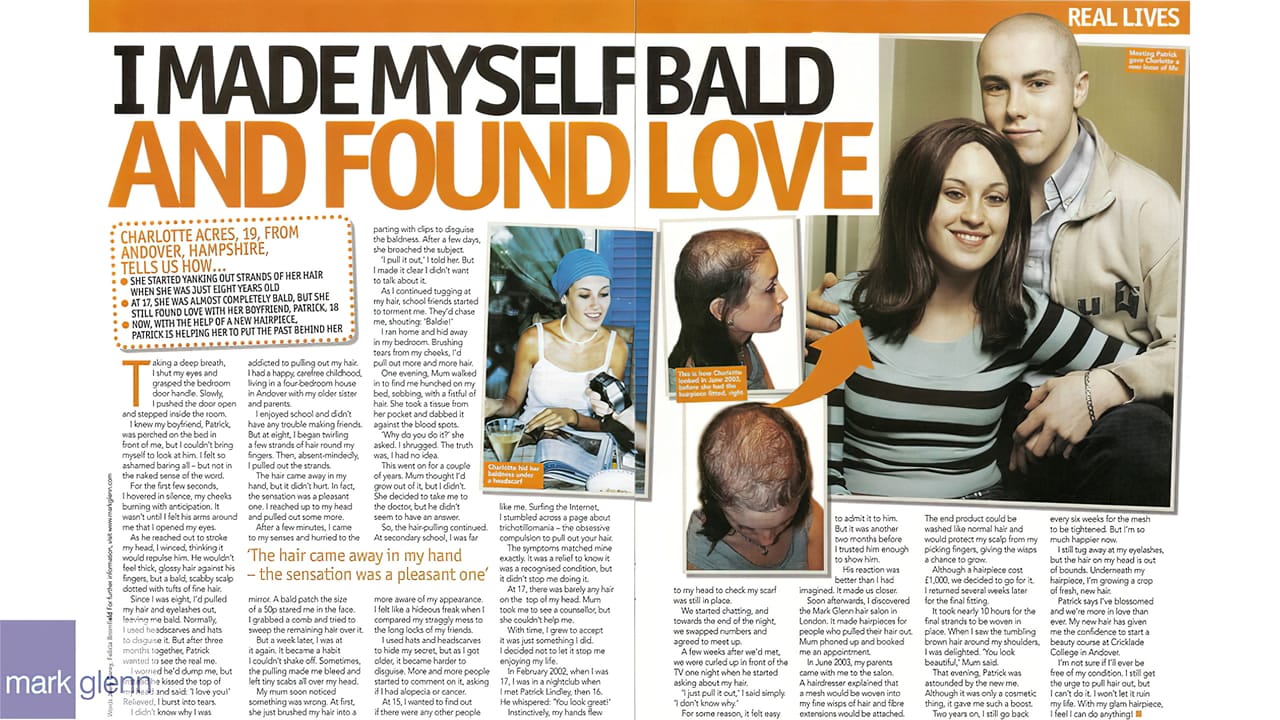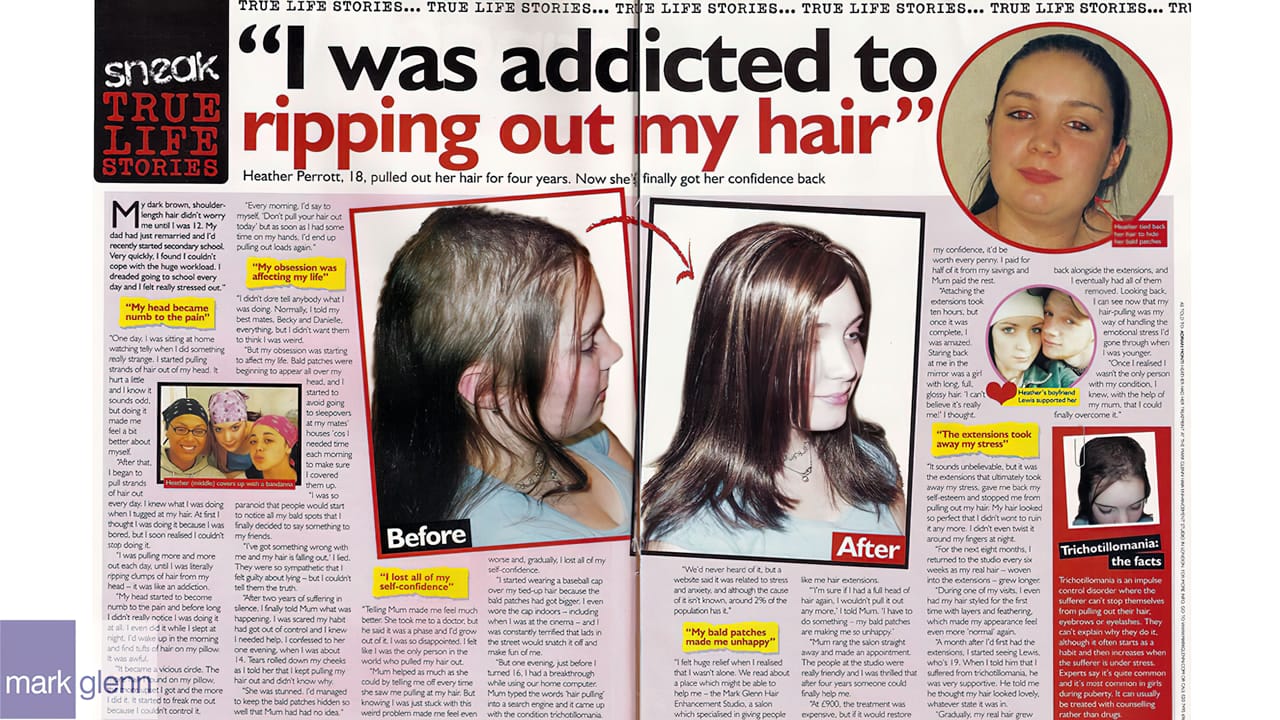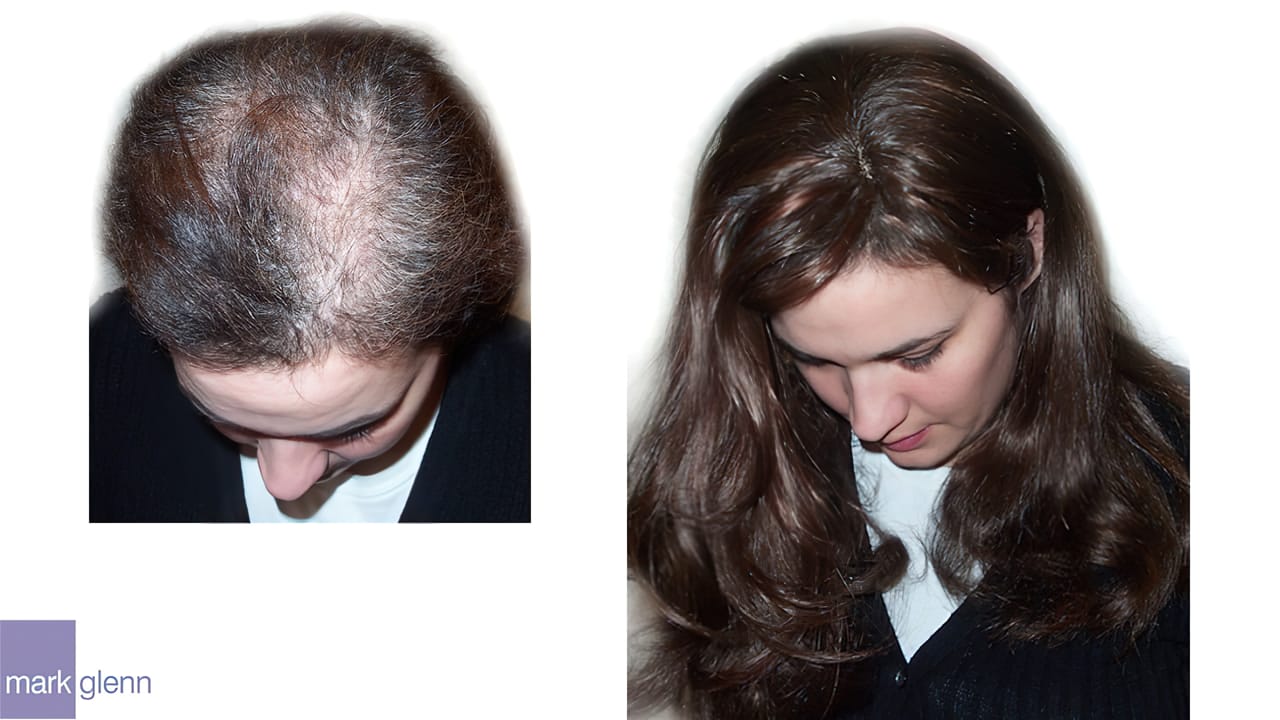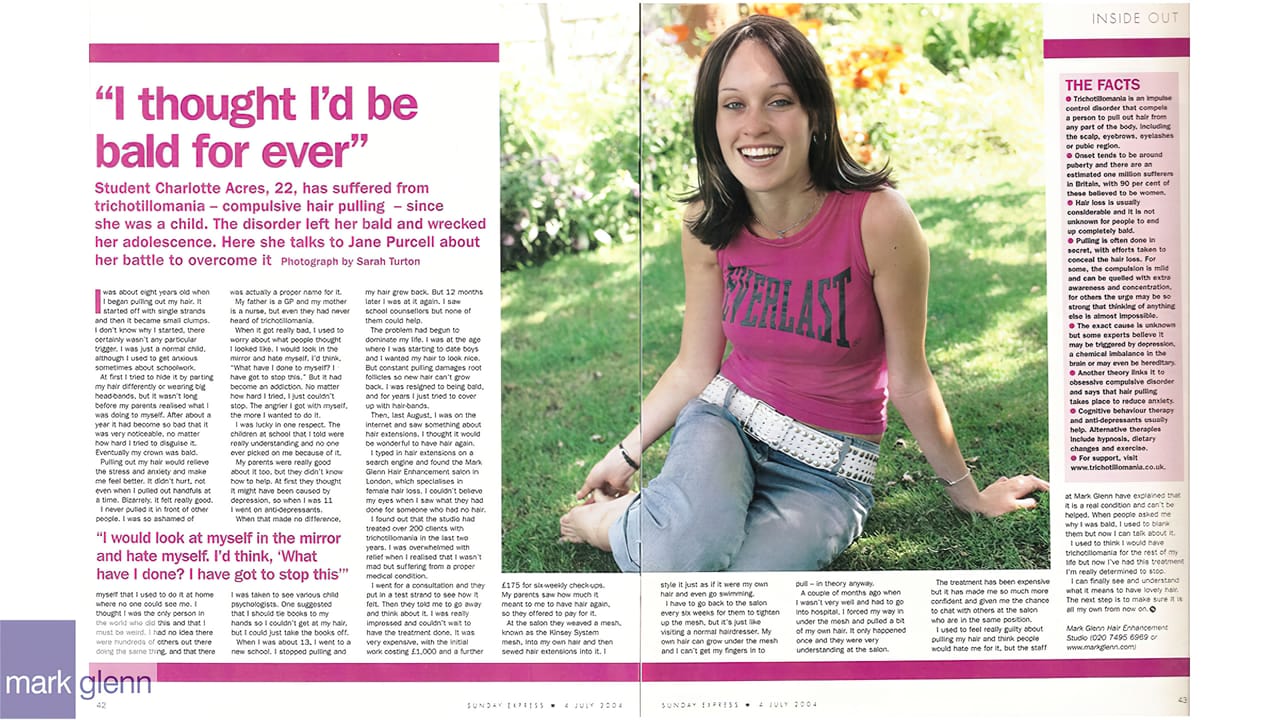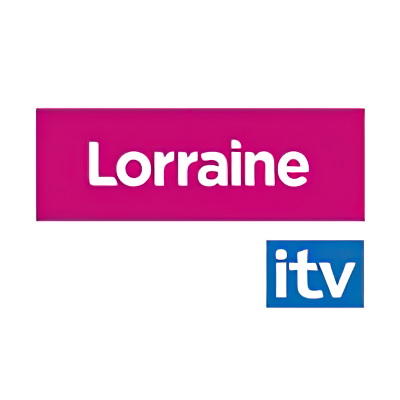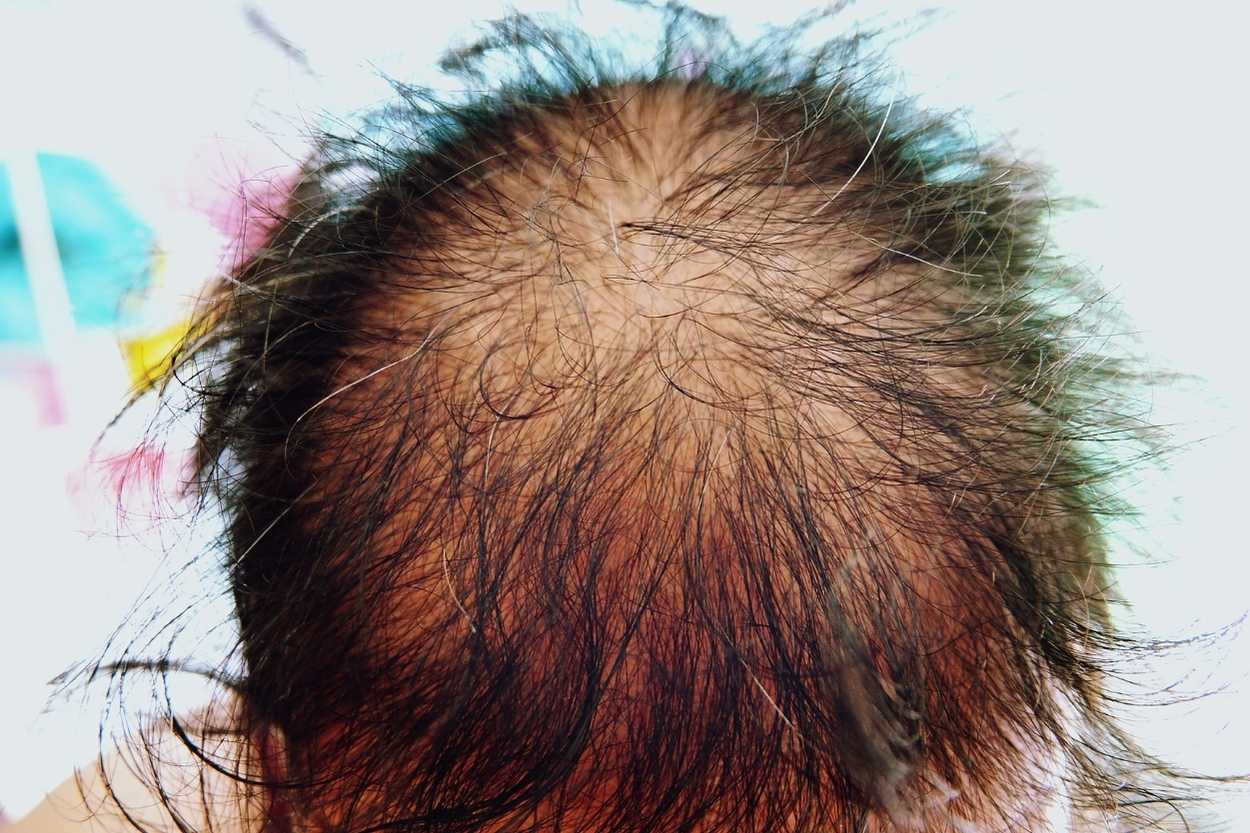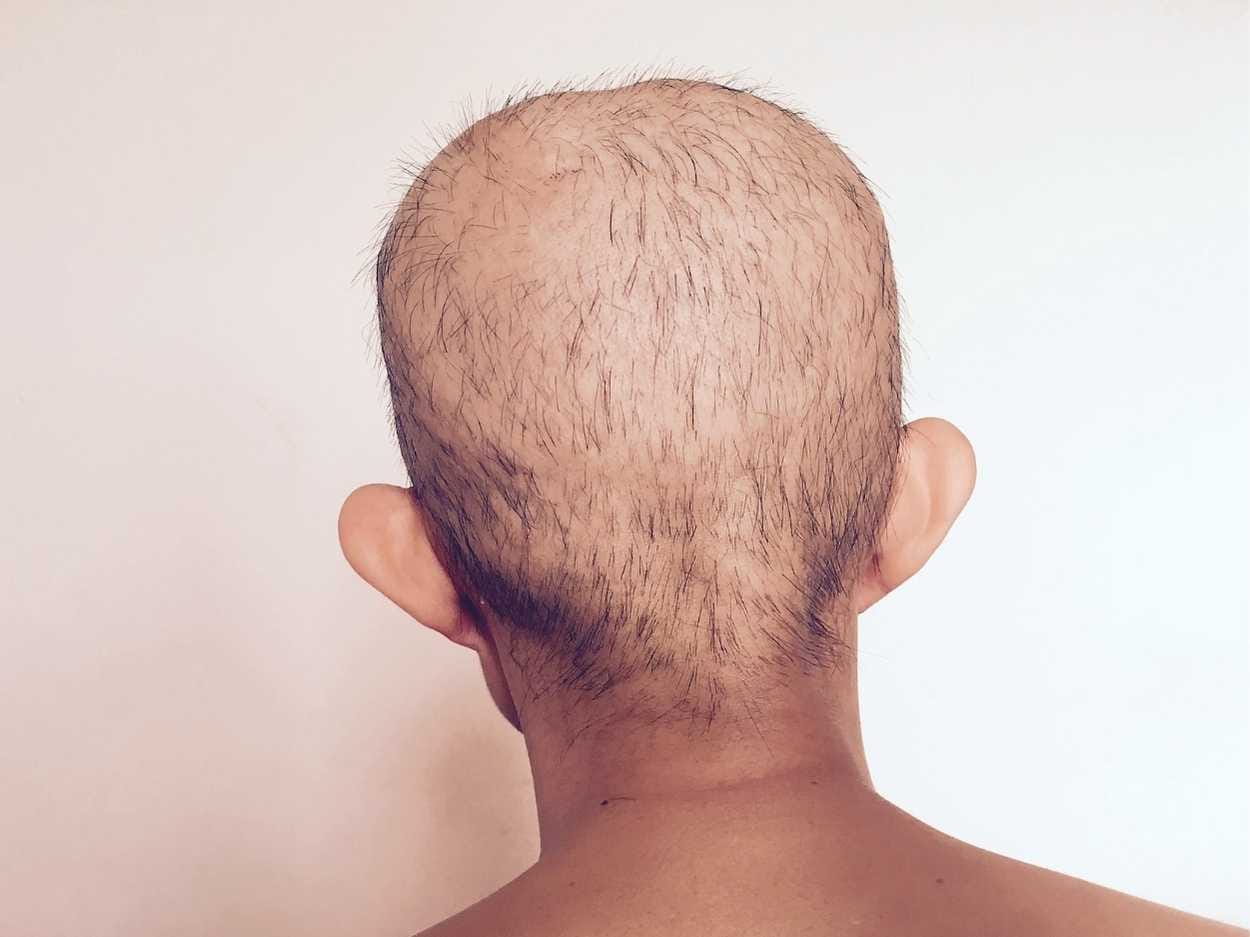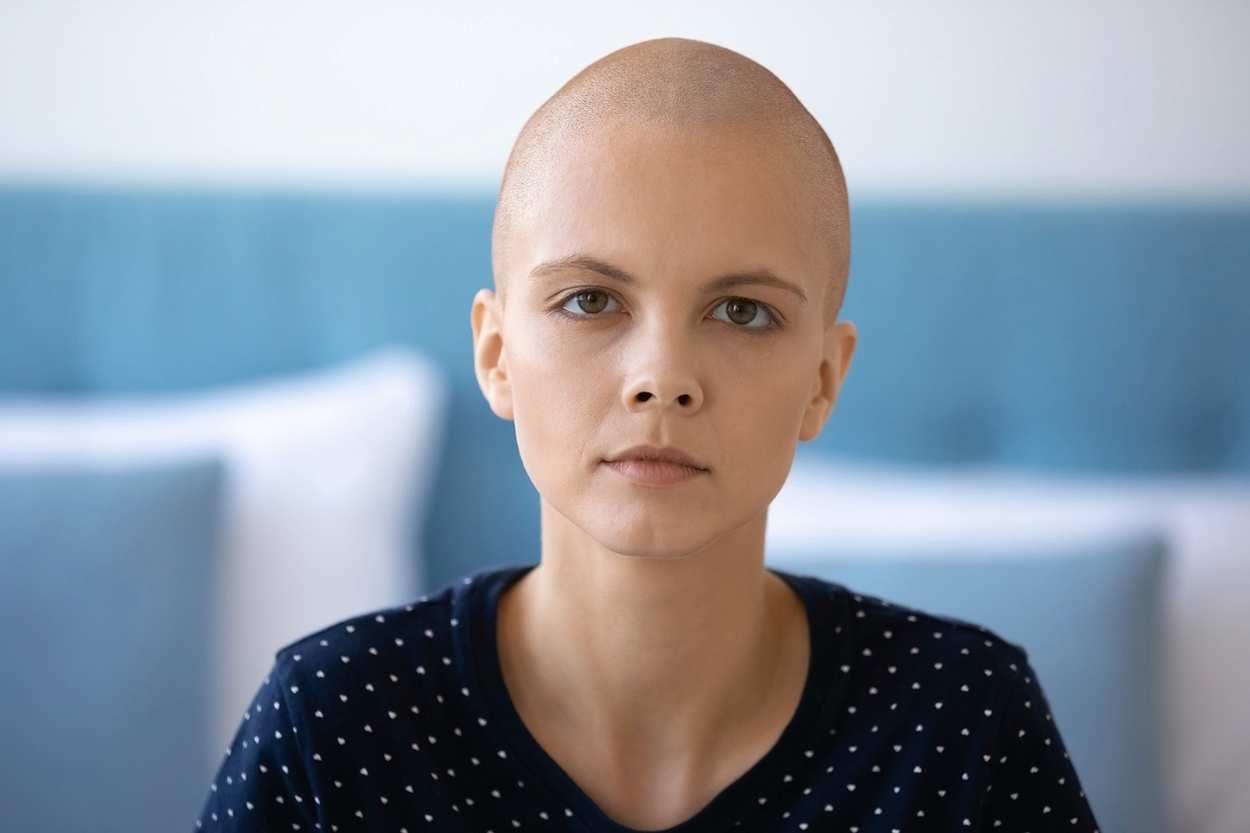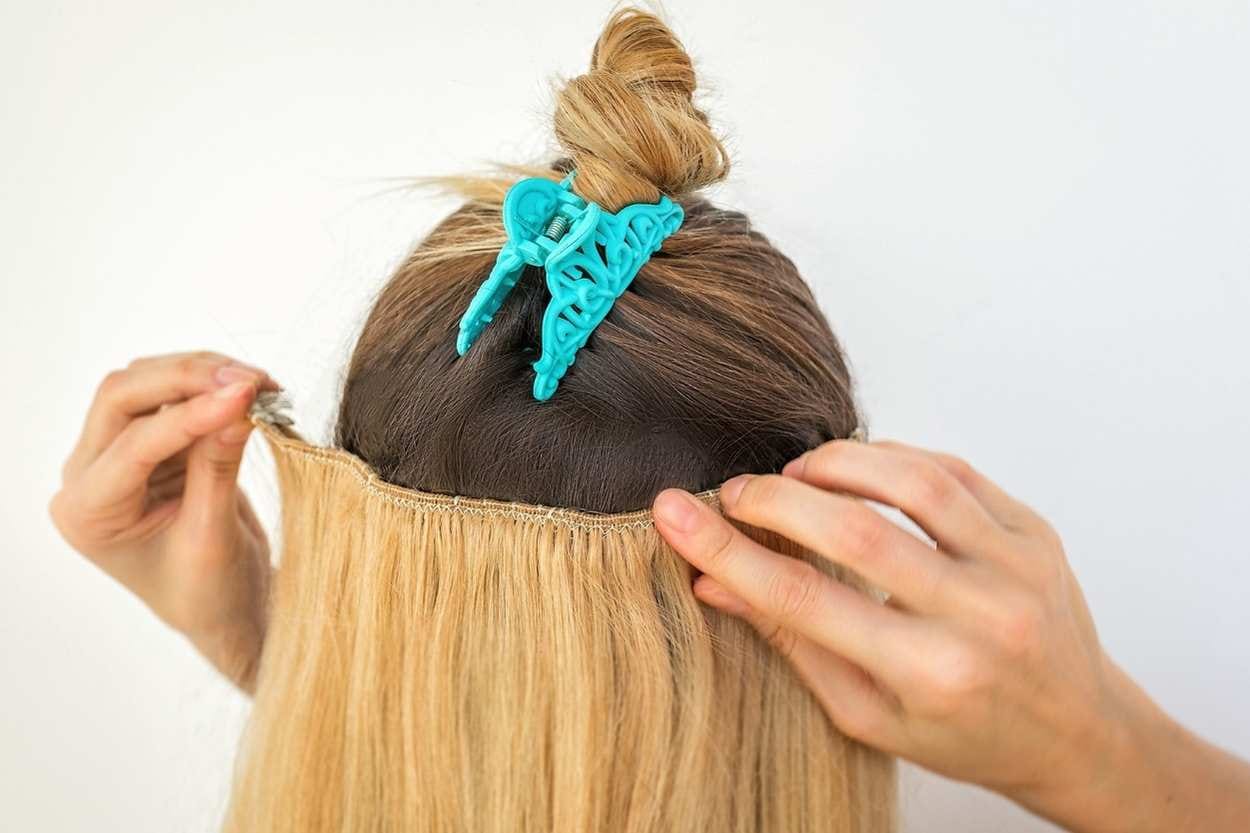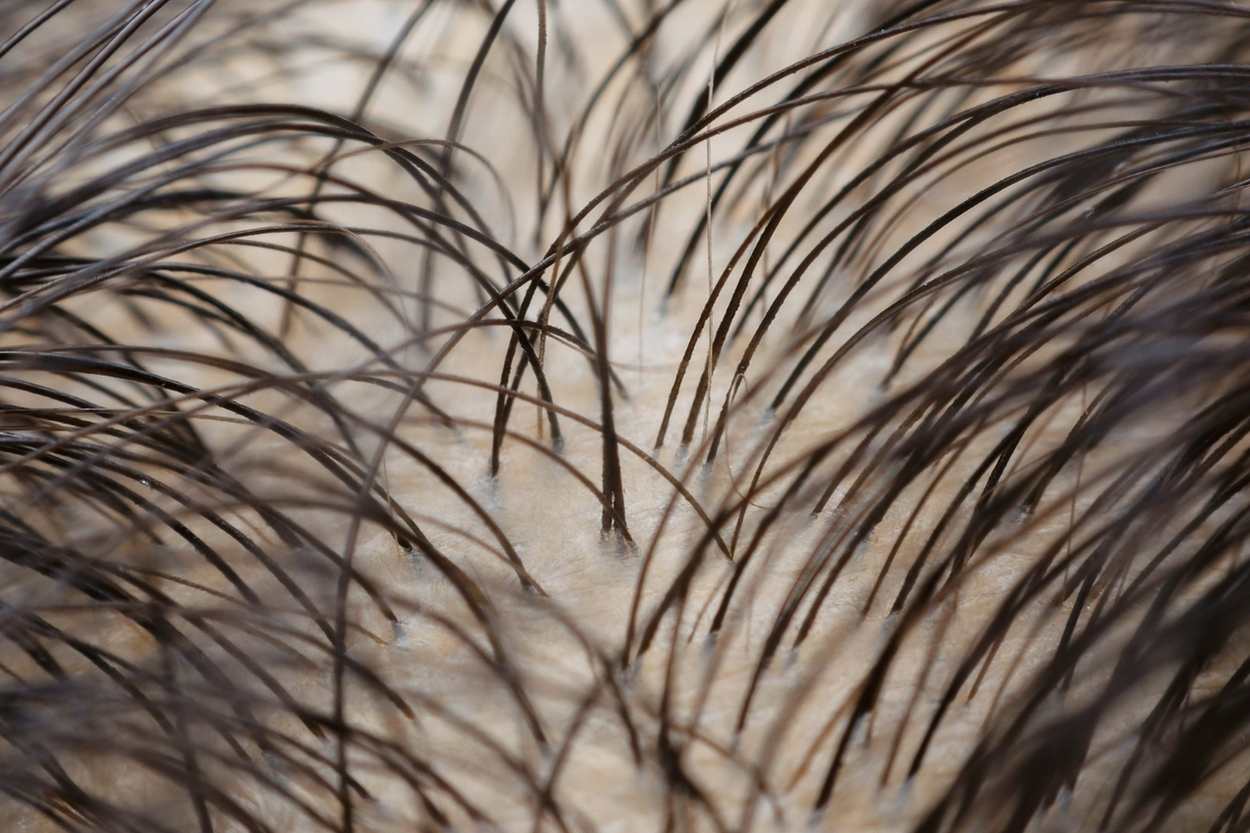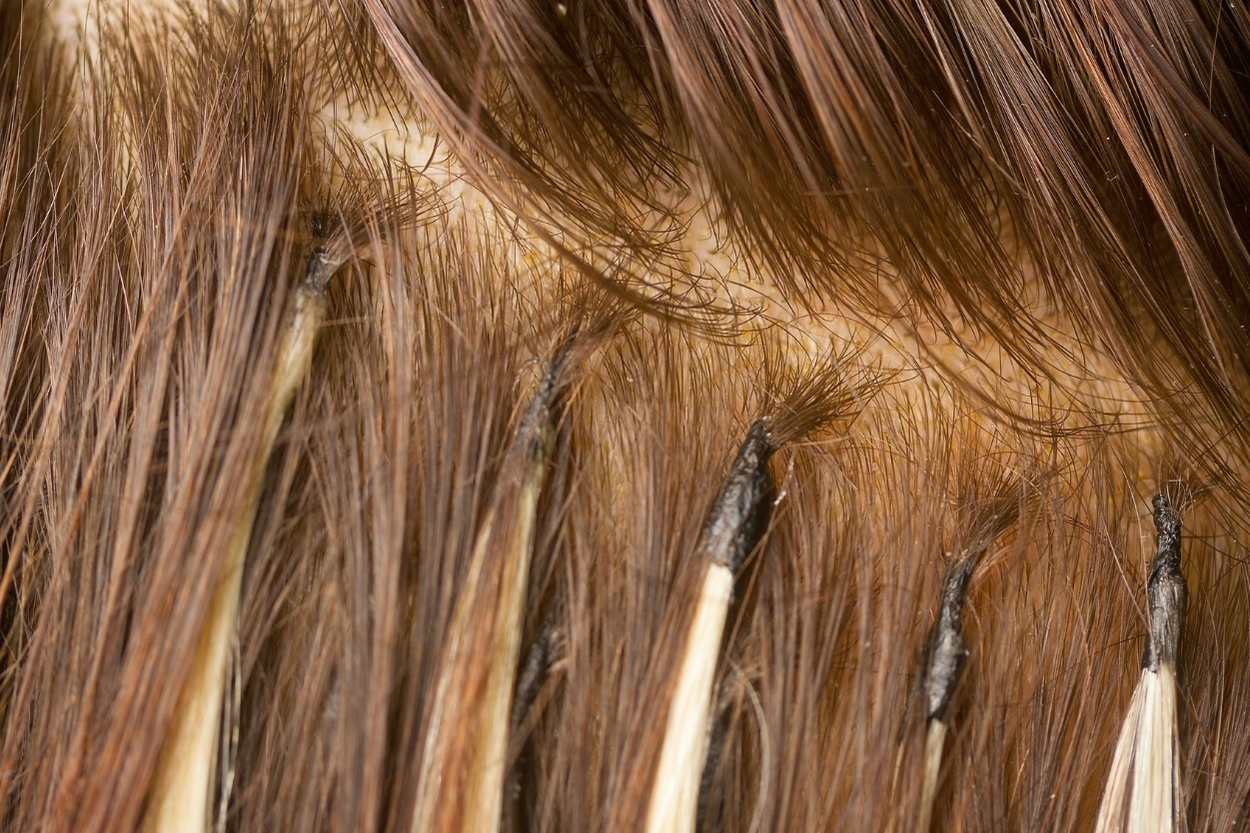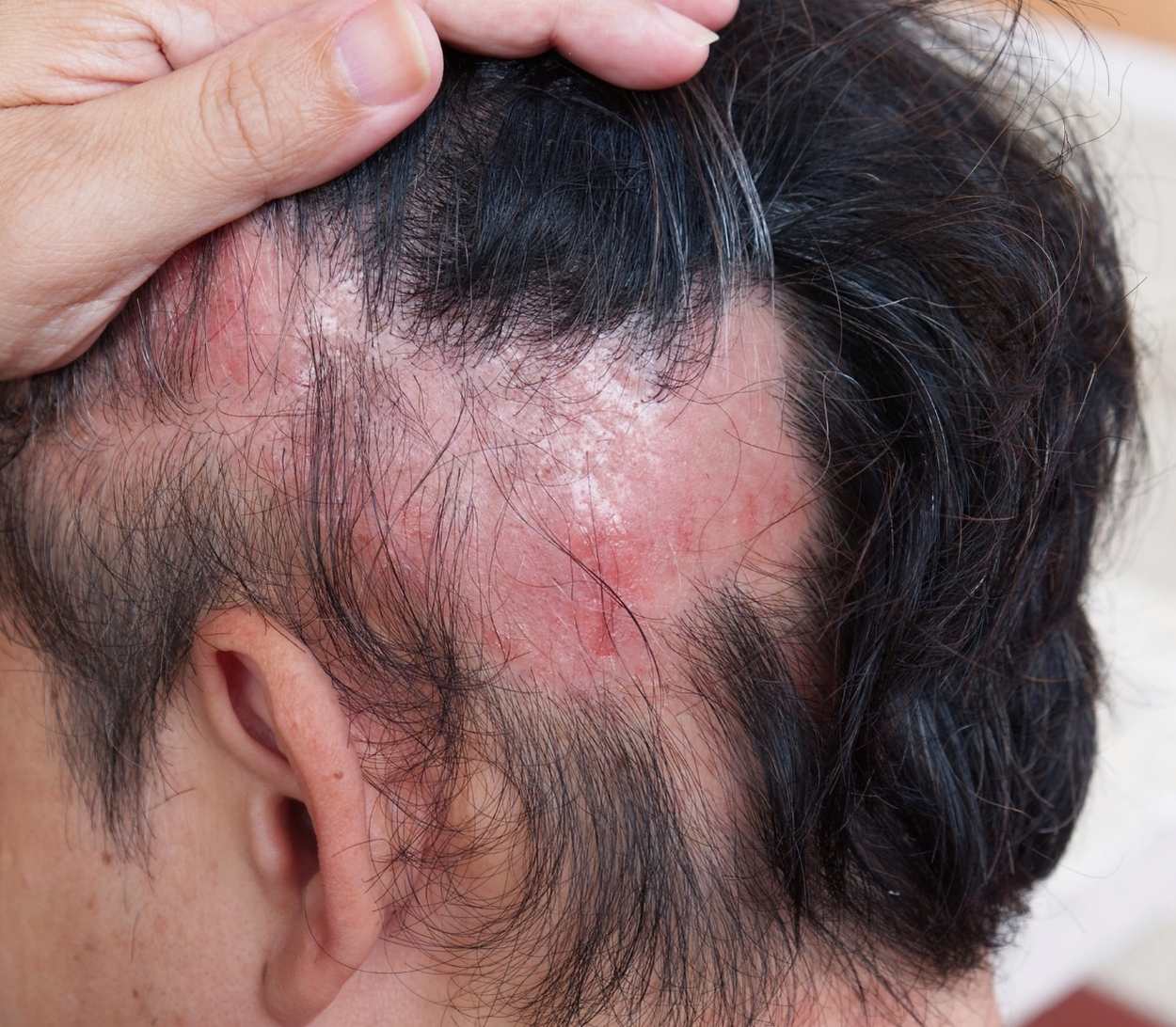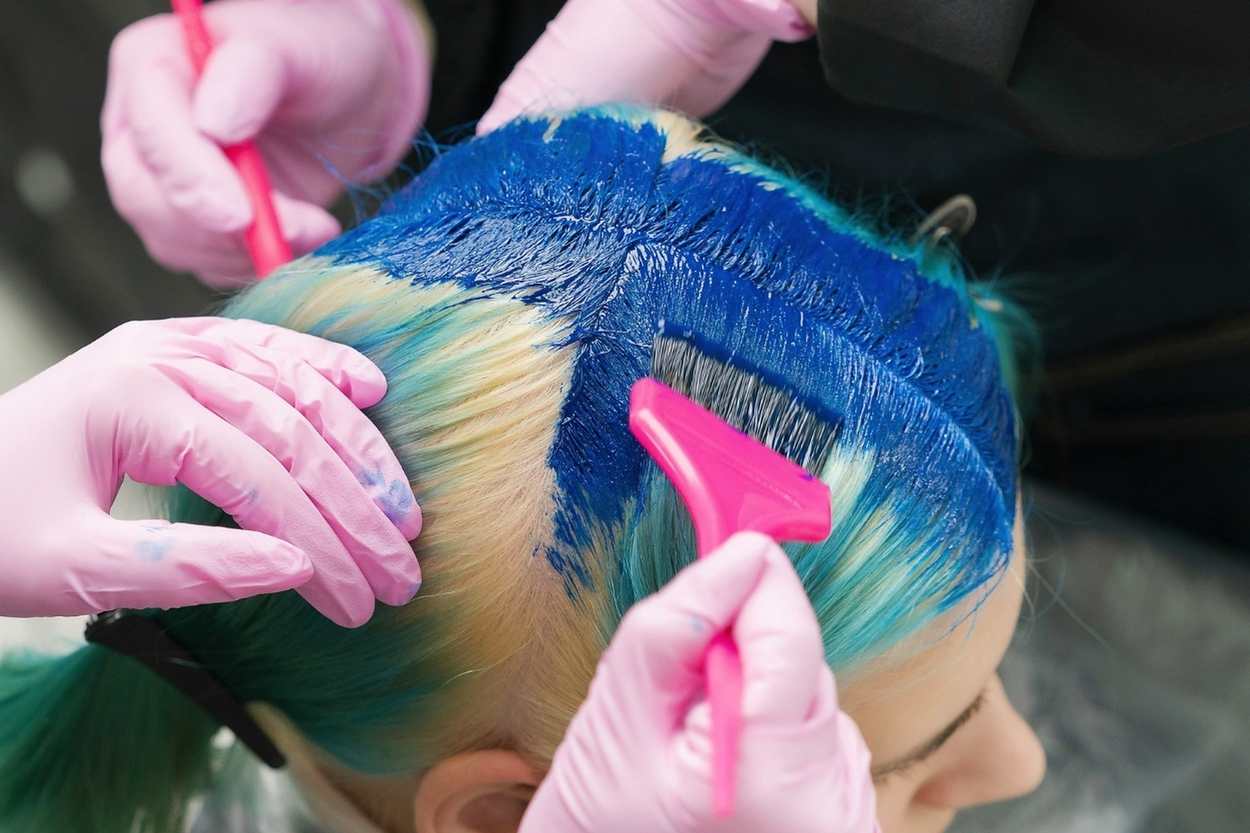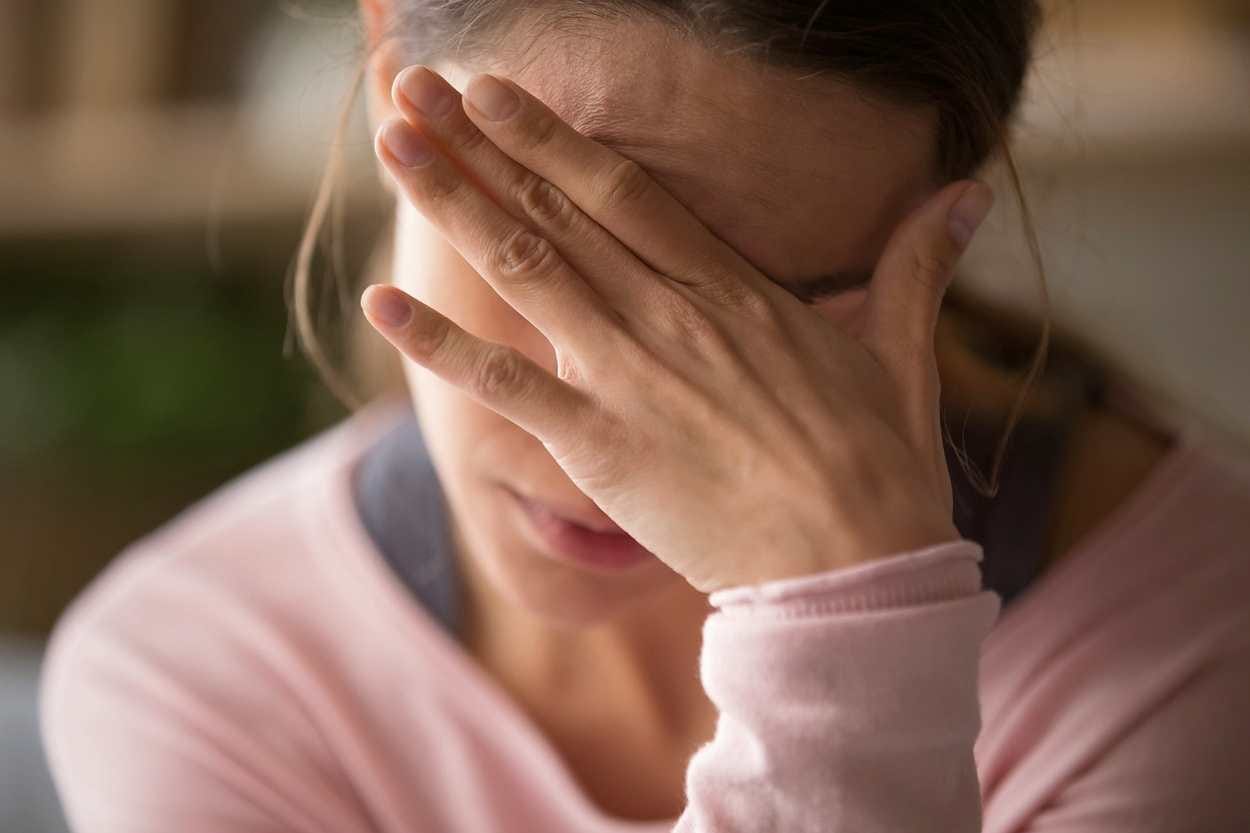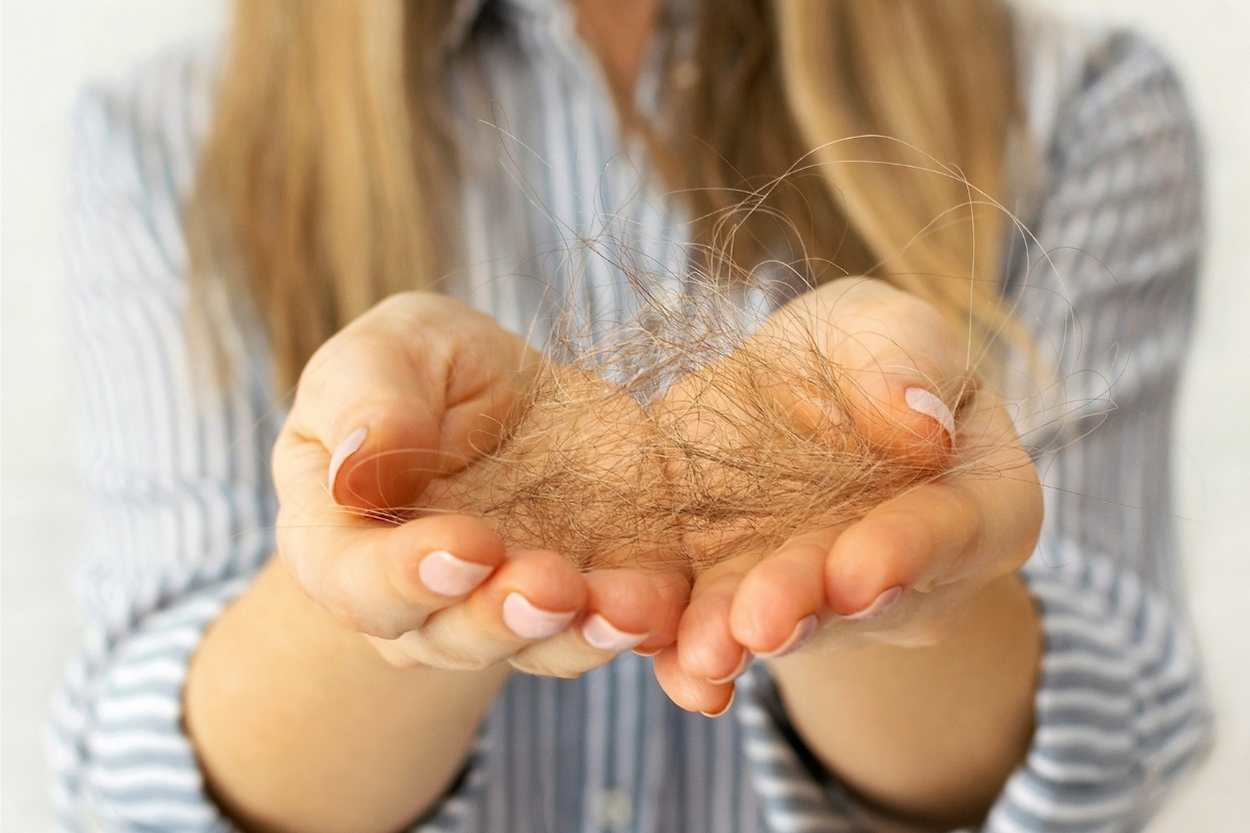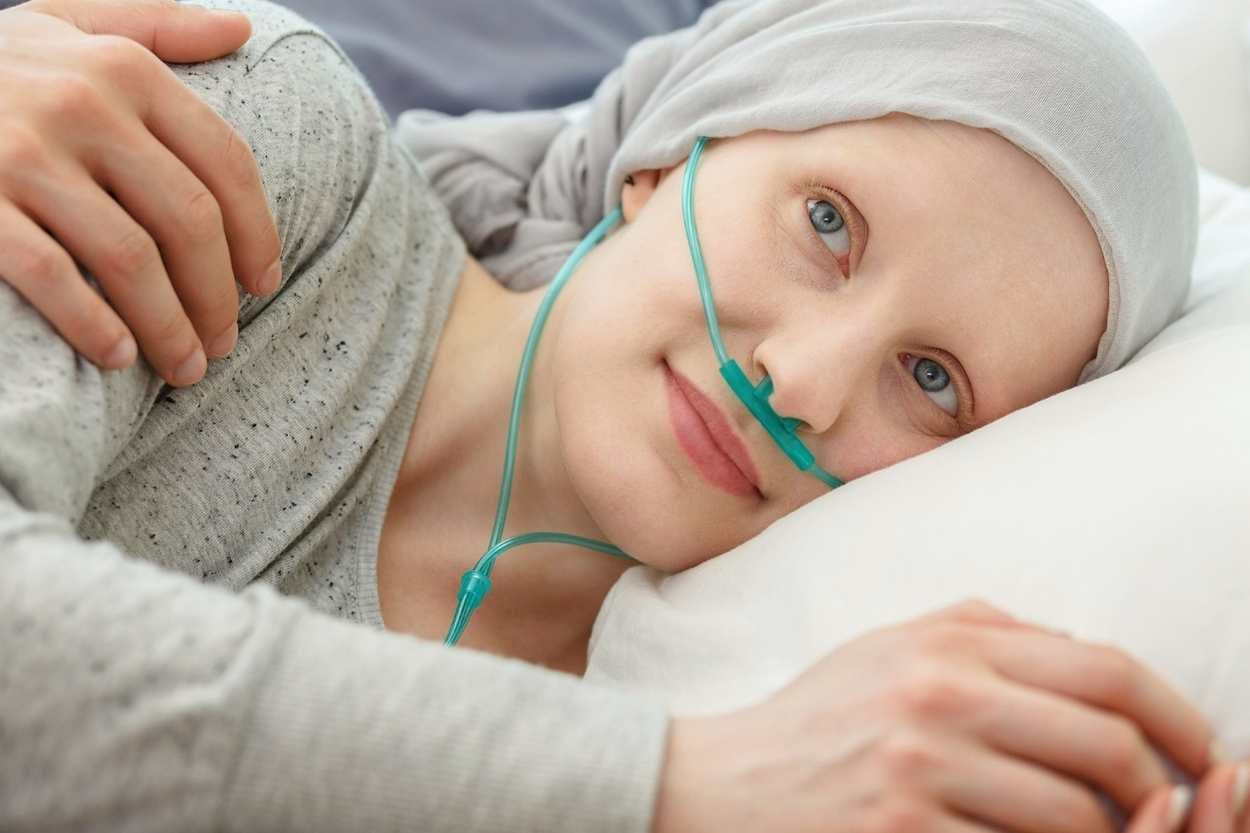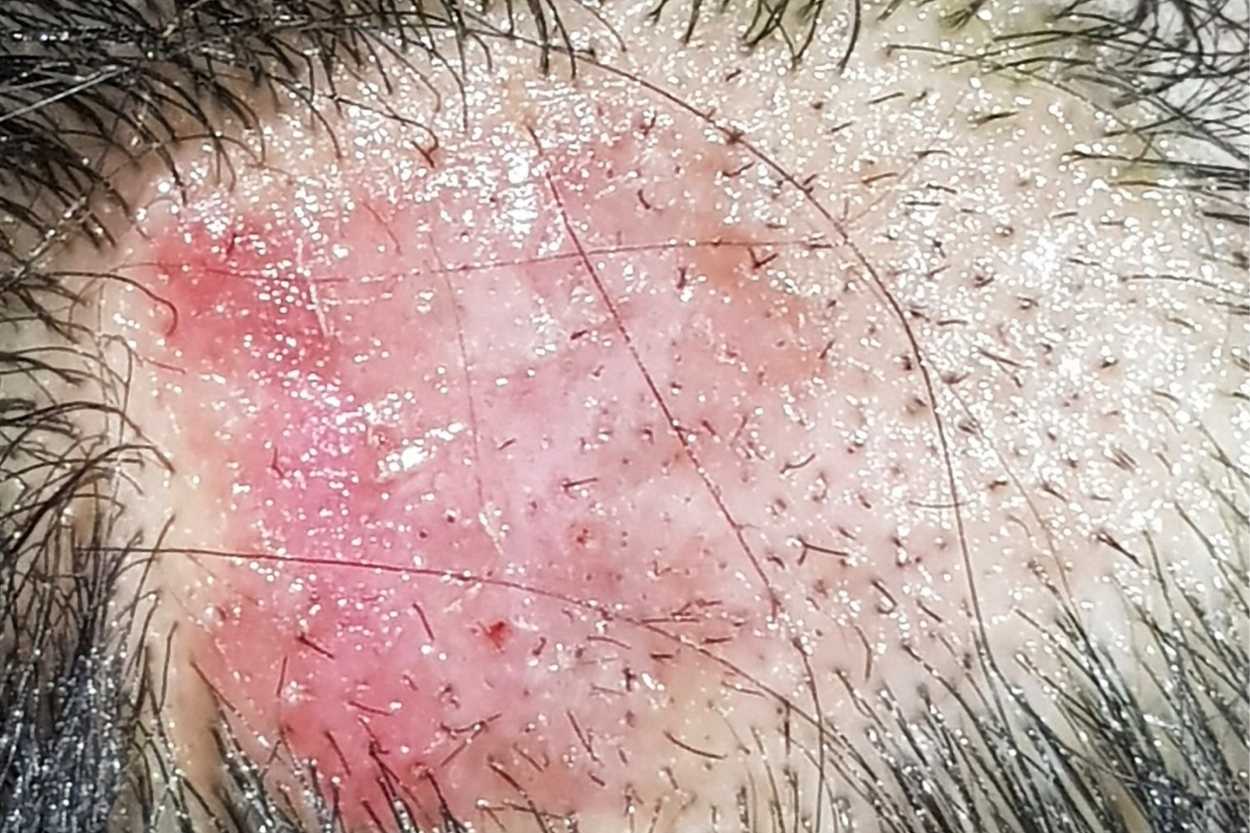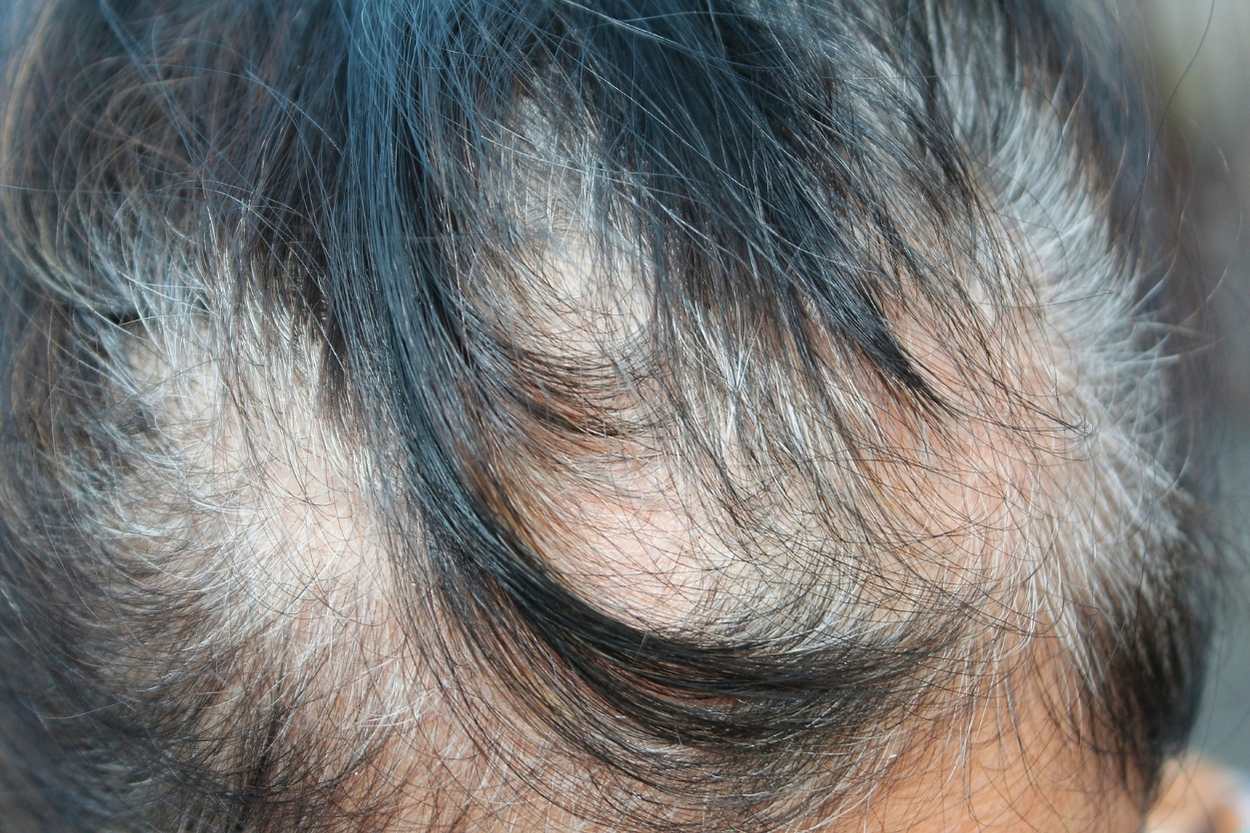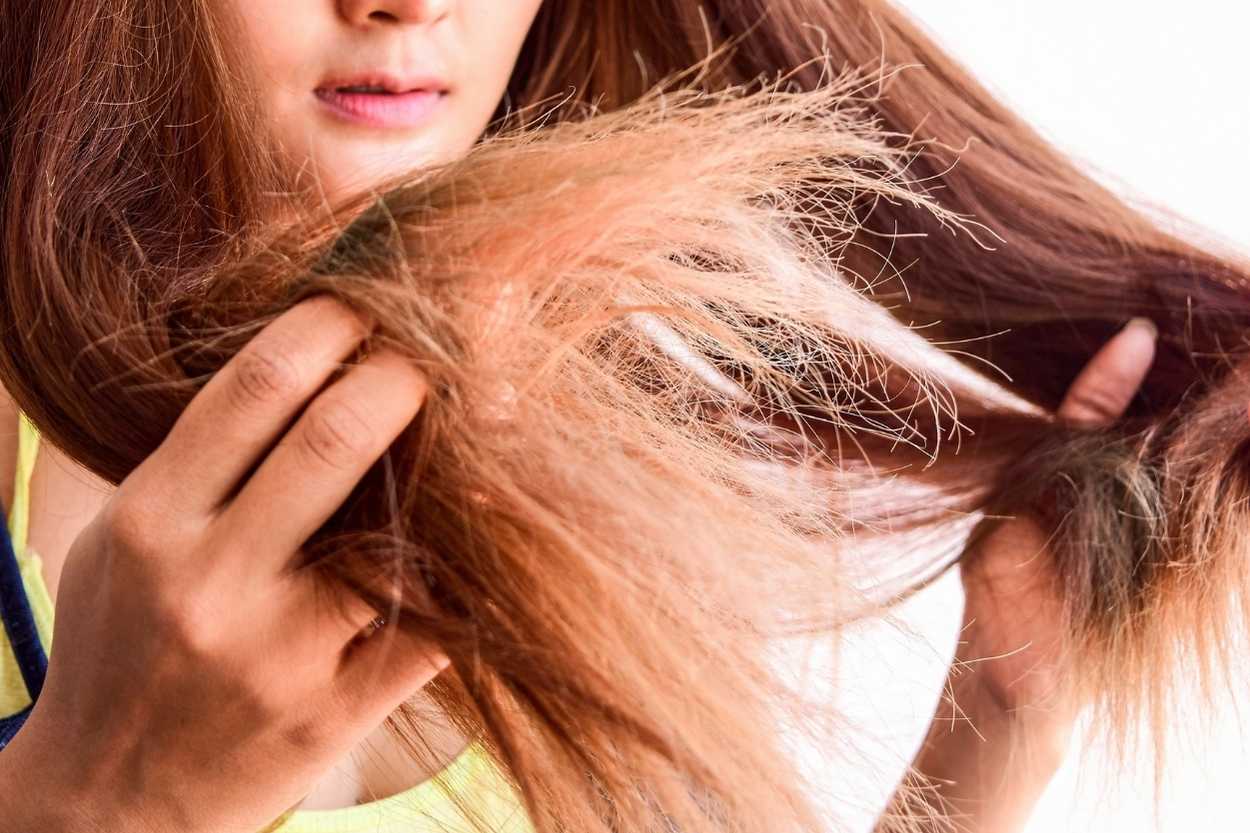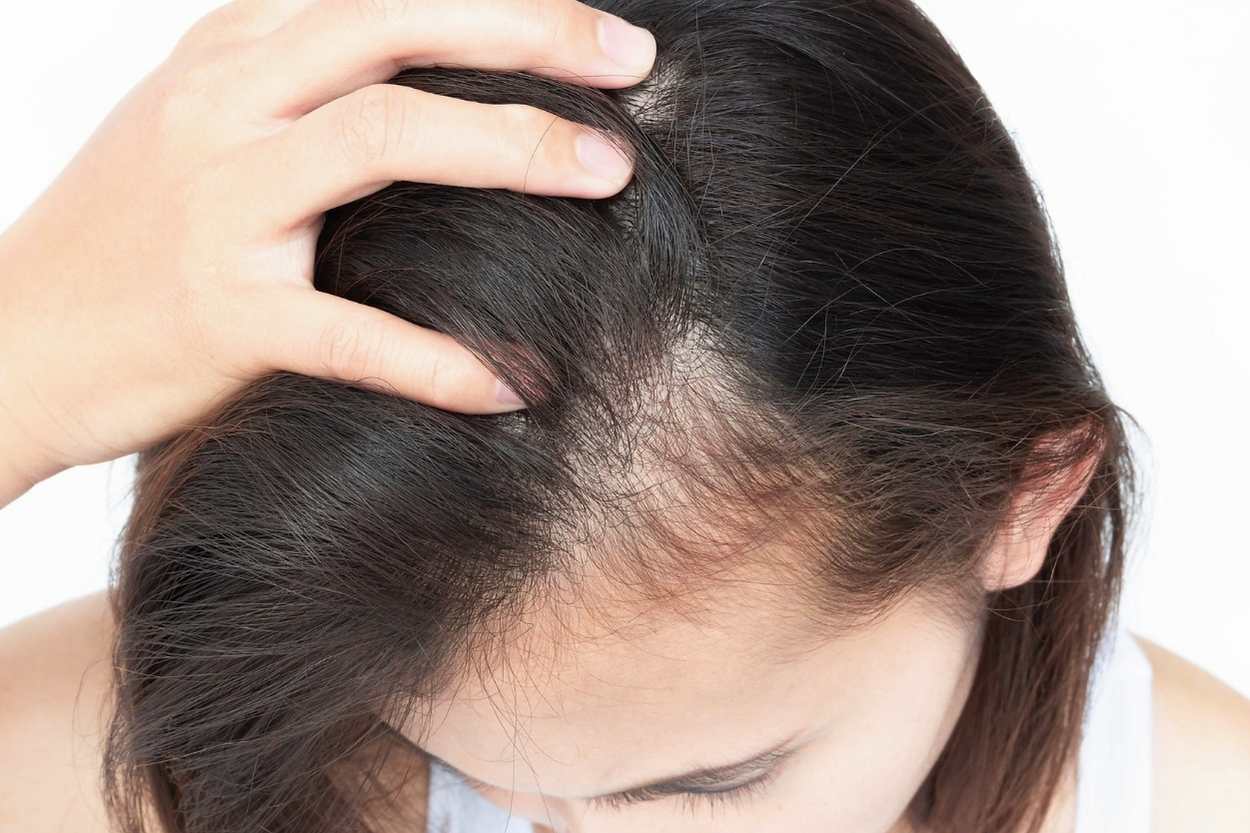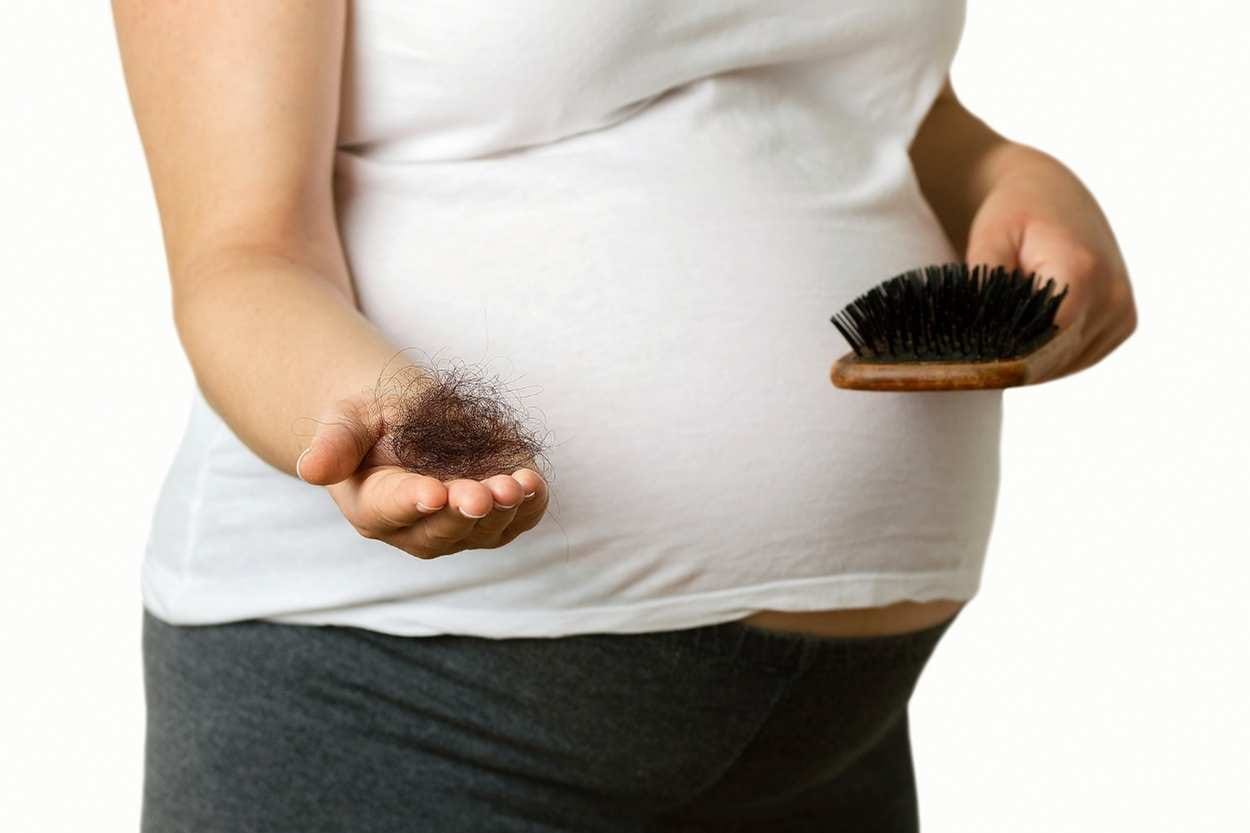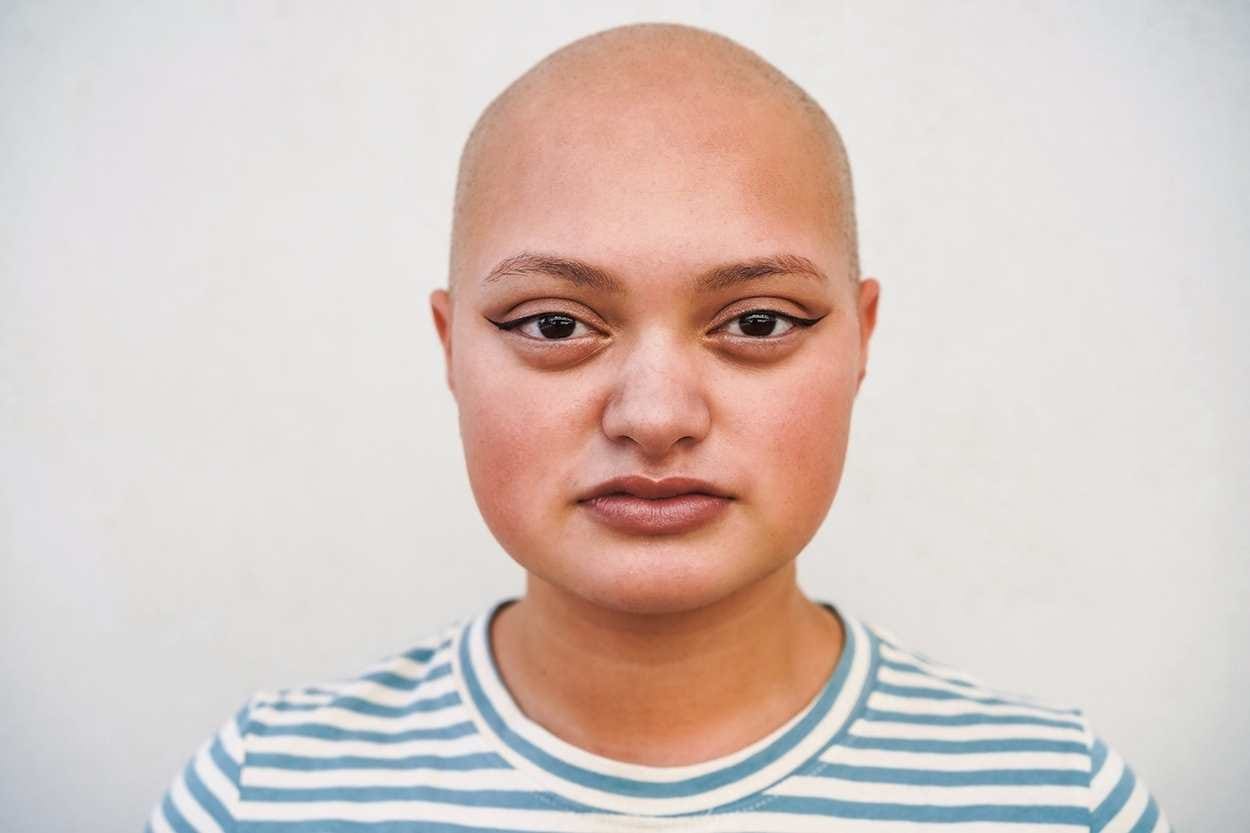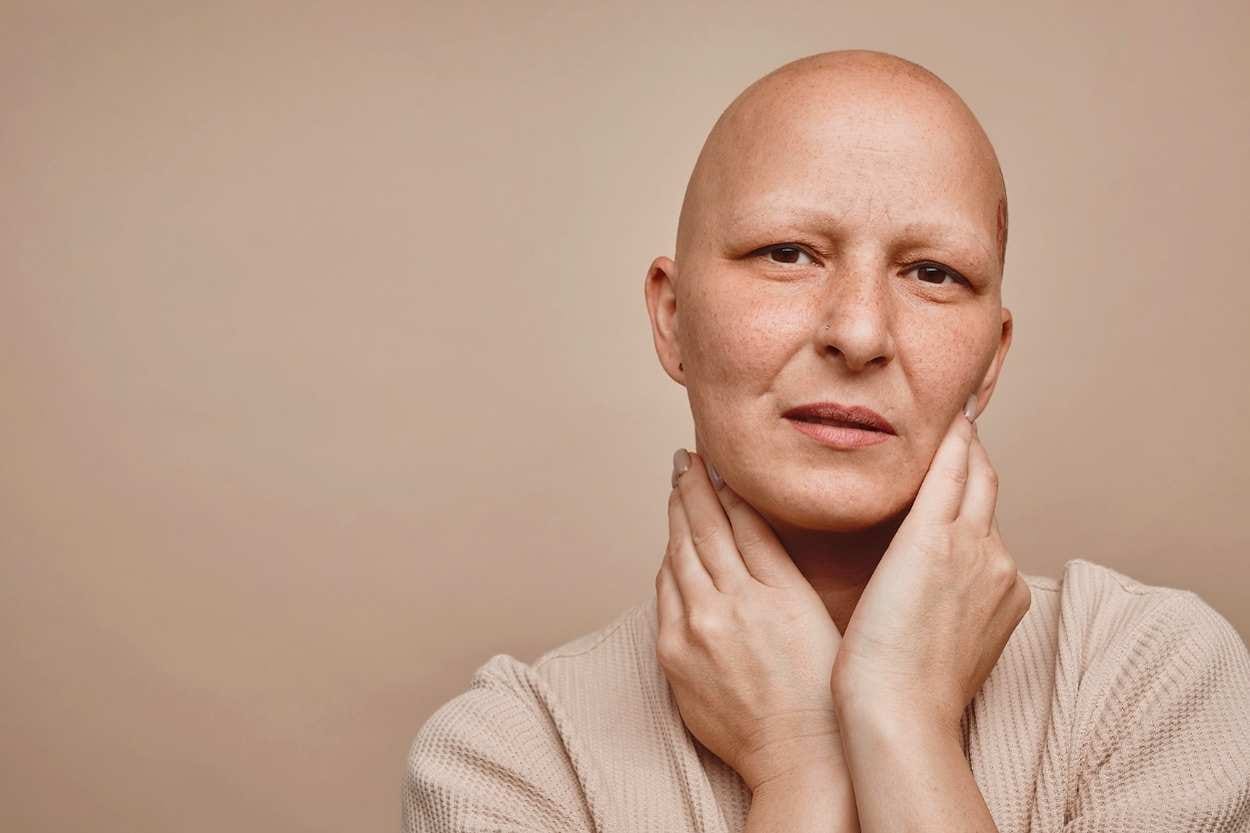This is a psychological condition of compulsive hair-pulling and twisting resulting in patchy hair loss, often with increased severity during times of emotional stress.
It’s classed as a focussed repetitive behaviour disorder and frequently, people who suffer from "trich" also experience other forms of obsessive compulsive disorders.
Trichotillomania is a misunderstood but surprisingly common condition and is thought to affect approximately 1-2 people out of 50. It can start at any age, although it commonly begins in early teenage years.
The onset may, or may not be linked to a stressful life event, however, the cause is thought to have a number of factors including genes, chemical imbalances in the brain and developmental effects.
Sufferers of trichotillomania may not even realise they are pulling their hair as very often it’s an unconscious event with sufferers sometimes describing the experience as being in a “trance-like” state.
Those with trich also report that prior to hair pulling there’s usually a build up of tension that’s only relieved by pulling the hair and it’s thought to create a temporary distraction from other emotional difficulties.
Whilst some limit hair-pulling to their scalp, others can pull hair out all over their body. And some sufferers have also been known to eat the hair they pull out - a condition termed trichophagia.
Trichotillomania obviously has a profound effect on most sufferers with feelings of shame, guilt, isolation, loss of confidence, depression and life-style changes.
The condition is often undiagnosed by doctors because sufferers commonly avoid treatment for fear of their condition being discovered.
They'll often disguise the condition with the use of hairpieces, hats and particular hairstyles (e.g. wearing the hair up). It rarely results in irreversible hair loss, although the hair may grow back grey or white and it may be finer, coarser or curlier.
Treatment usually involves therapy and, in some cases, drugs for depression and anxiety which may be a trigger for - and a result of - hair pulling. The most effective therapy is thought to be Cognitive Behavioural Therapy (CBT).
How we can help
This is a difficult condition to manage and the feelings of guilt after an episode of pulling are often compounded by looking in the mirror and seeing the results - leading to a vicious circle of depression and more pulling.
With our Kinsey System for female hair loss, not only is it more difficult to "tug" at "favourite" areas but starting again with a "clean slate" and a full head of hair is often the trigger that helps recovery finally begin.
We have numerous clients who've had decades of unsuccessful psychological and medicinal treatment but finally managed to control their condition as a result of our system.
And in many cases, their hair has recovered to the point where they either no longer need our help or move over to our Mark Glenn hair extensions for both additional volume and as a "reminder".
Therapies like CBT (Cognitive Behavioural Therapy) can be fantastic with a condition like trichotillomania. But the reason we get so many referrals from CBT therapists is they understand their work is much more effective once their clients have received a full head of hair from us.

